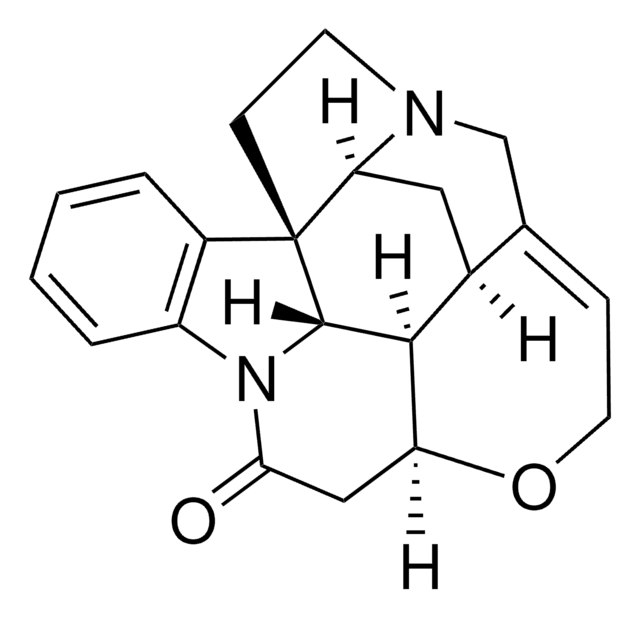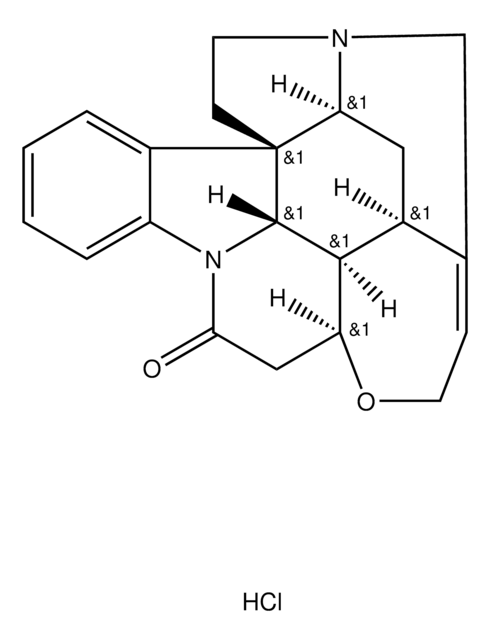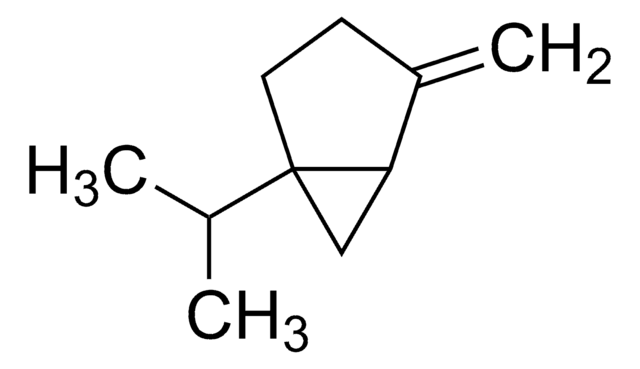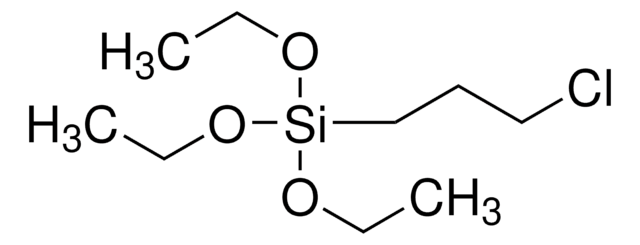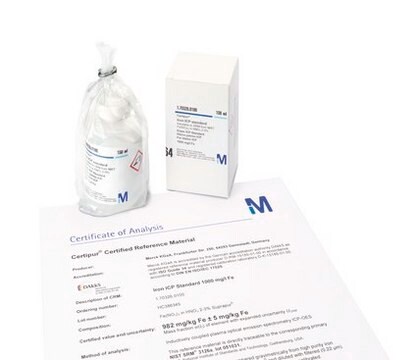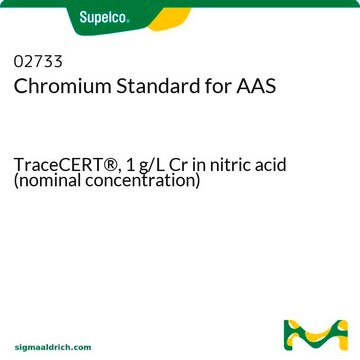S7001
Strychnine hemisulfate salt
≥98.0%, suitable for ligand binding assays and NMR
Synonyme(s) :
Strychnidin-10-one sulfate (2:1)
About This Item
Produits recommandés
Nom du produit
Strychnine hemisulfate salt,
Essai
≥98.0%
Niveau de qualité
Forme
powder
Technique(s)
NMR: suitable
ligand binding assay: suitable
Couleur
white to off-white
Chaîne SMILES
OS(O)(=O)=O.O=C1C[C@@H]2OCC=C3CN4CC[C@@]56[C@@H]4C[C@@H]3[C@@H]2[C@@H]5N1c7ccccc67.O=C8C[C@@H]9OCC=C%10CN%11CC[C@@]%12%13[C@@H]%11C[C@@H]%10[C@@H]9[C@@H]%12N8c%14ccccc%13%14
InChI
1S/2C21H22N2O2.H2O4S/c2*24-18-10-16-19-13-9-17-21(6-7-22(17)11-12(13)5-8-25-16)14-3-1-2-4-15(14)23(18)20(19)21;1-5(2,3)4/h2*1-5,13,16-17,19-20H,6-11H2;(H2,1,2,3,4)/t2*13-,16-,17-,19-,20-,21+;/m00./s1
Clé InChI
GOOCRIHPADOQAS-ZNUXJMJHSA-N
Catégories apparentées
Actions biochimiques/physiologiques
Mention d'avertissement
Danger
Mentions de danger
Conseils de prudence
Classification des risques
Acute Tox. 1 Oral - Acute Tox. 2 Inhalation - Aquatic Acute 1 - Aquatic Chronic 1
Code de la classe de stockage
6.1A - Combustible acute toxic Cat. 1 and 2 / very toxic hazardous materials
Classe de danger pour l'eau (WGK)
WGK 3
Point d'éclair (°F)
Not applicable
Point d'éclair (°C)
Not applicable
Faites votre choix parmi les versions les plus récentes :
Déjà en possession de ce produit ?
Retrouvez la documentation relative aux produits que vous avez récemment achetés dans la Bibliothèque de documents.
Les clients ont également consulté
Notre équipe de scientifiques dispose d'une expérience dans tous les secteurs de la recherche, notamment en sciences de la vie, science des matériaux, synthèse chimique, chromatographie, analyse et dans de nombreux autres domaines..
Contacter notre Service technique